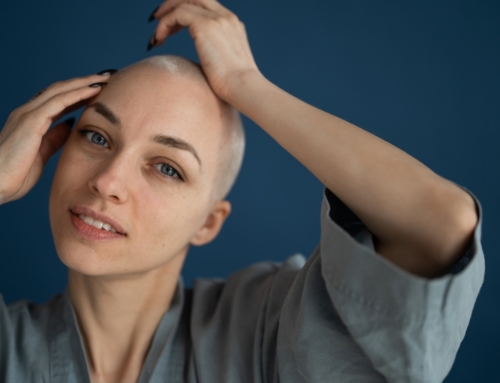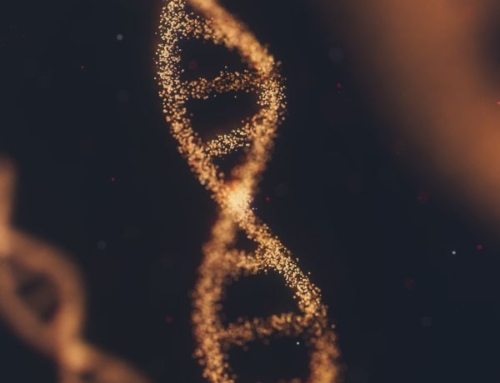Research Study: Trink A et al. A randomized, double-blind, placebo- and active-controlled, half-head study to evaluate the effects of platelet rich plasma on alopecia. British Journal of Dermatology 2013; 169: 690-94
Introduction
Platetlet rich plasma or “PRP” treatment has been around since the 1990’s, but is increasingly finding treatment application in various parts of medicine. The sports medicine field, for example, has been using PRP to treat tendon injuries and other injuries as well. PRP to treat hair loss is increasingly popular and current evidence suggests it helps 50-70 % of patients with “genetic” hair loss.
PRP involves obtaining a small amount of a patient’s blood from their arm and isolating a component of the blood cells called ‘platelets’ as well as the rich nutrients that surround the platelets called platelet rich plasma. It’s this platelet rich plasma that has been shown to stimulate hair growth in some patients. PRP is known to contain over 20 different growth factors.
A New Study of PRP in Alopecia Areata
Although PRP has been studied in genetic hair loss, its role in treating alopecia areata had not been carefully studied. Researchers from Italy and Israel set out to study the benefit of PRP in patients with alopecia areata and compare how well the treatment worked compared to the standard treatment – steroid injections.
The researchers studied 45 patients with alopecia areata. 60 % of patients treated with PRP had complete remission at 12 months compared to 27 % of patients treated with steroid injections. Furthermore at 6 months after treatment, 38 % of patients receiving steroid injections had relapse compared to none of the patients form the PRP group. At 12 months, 71 % of patients in the steroid injection group had a relapse compared to only 31 % in the PRP treatment group. Overall, PRP was found to be more effective than steroid injections.
This is a really exciting study. PRP has very little side effects because it comes from the patient’s own blood. PRP not only has growth-promoting effects but has anti-inflammatory effects as well. Both of these effects are likely extremely important for optimal treatment of alopecia areata. Certainly, further study is needed to better understand the potential role of PRP in alopecia areata. However, this initial study gives us hope that this indeed may be a good treatment modality.





